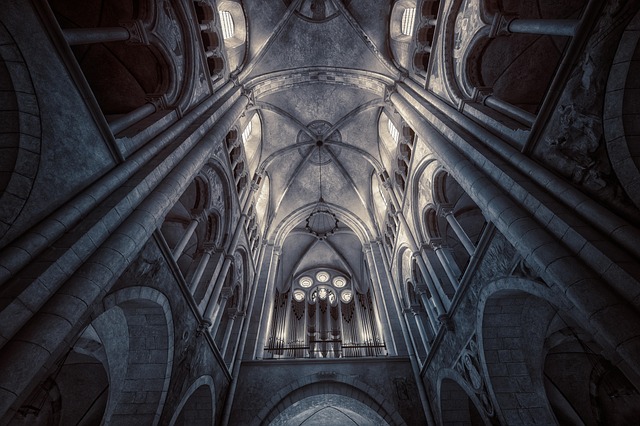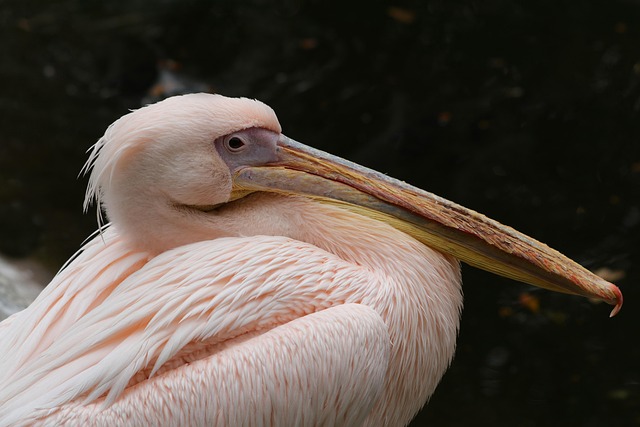Observation is an innate human ability, a deeply ingrained skill that transcends the visual realm, merging the boundaries of fine arts and culture. It serves as the bedrock upon which artistic expression is built, enabling artists to not only capture the world around them but also to convey deeper meanings and emotions. When we engage in the art of observation, we learn to see beyond the surface, delving into the interplay of light, shadow, form, and texture that characterizes the beauty in our surroundings.
In fine arts, observation transforms into a powerful tool for creativity. Artists are often trained to scrutinize their subjects meticulously, whether depicting a tranquil landscape or the intricate details of the human form. This critical observation fosters a relationship between the artist and their subject, allowing for an intimate exploration of the world. It’s through observation that artists can interpret their feelings, thoughts, and experiences, breathing life into their creations. Each brushstroke, each shade of color becomes a reflection of their understanding, shaped by the way they perceive and interpret their surroundings.
Culture also plays a significant role in shaping our abilities to observe. The art we ingest is often a reflection of societal values, beliefs, and narratives. As we engage with cultural artifacts, we are called to observe the nuances that reveal the complexities of our shared experiences. Be it through the vibrant colors of traditional textiles, the architectural wonders of past civilizations, or the emotive power of a performance piece, culture enhances our observational skills, prompting us to analyze and appreciate the layers beneath what is immediately visible.
Moreover, the act of observation extends beyond the realms of fine arts and culture into our daily lives, sharpening our senses and enhancing our emotional intelligence. As we cultivate a practice of mindful observation, we begin to notice details previously overlooked— the delicate play of light filtering through leaves, the subtle expressions on a friend’s face, or the rhythm of urban life around us. This heightened awareness not only enriches our artistic pursuits but also deepens our connection to the world and the people within it.
In the context of drawing, observation becomes an essential skill. Artists often argue that the ability to draw is fundamentally a product of one’s ability to observe accurately. When we commit ourselves to looking closely—really looking—we unlock the potential to translate our visions onto paper. Every line we draw is a culmination of what we have seen, understood, and experienced. Each sketch becomes a visual diary chronicling our observations, revealing our growth and unique perspective.
As we continue to explore the art of observation, we are reminded that our experiences, shaped by the interplay of fine arts and culture, empower our creative journeys. Embracing this practice allows us to tap into a wellspring of inspiration, fostering not only our artistic abilities but also our understanding of the world around us. Through observation, we become not just creators, but also thoughtful witnesses to life’s artistry. Let us continue to observe closely and appreciate the intricate tapestry of fine arts and culture that surrounds us every day.




